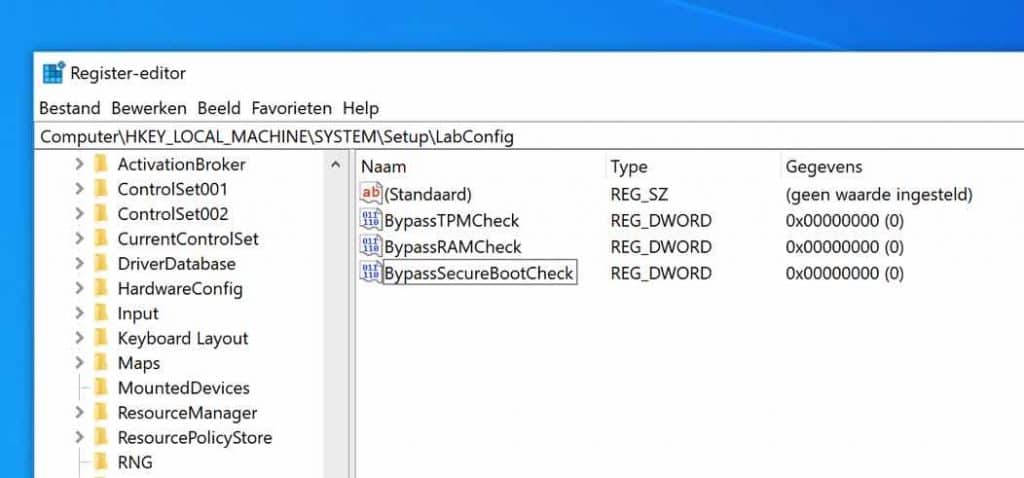

I’ll temporarily work around that one by adding another core to the VM to see if we can get to the next problem. No such luck on that one, as the same error is reported even with the BypassCPUCheck=1 setting in place. Now, let’s see if we can bypass the CPU cores requirement using the BypassCPUCheck setting:

So, success #1, setting works fine as long as it’s in the Windows PE registry prior to that point in the process. OK, so we should be able to bypass that check with the creation of a registry key in the Windows PE registry, specifying BypassRAMCheck=1:Ĭhecking the logs again, we can see that the BypassRAMCheck setting was respected, so the insufficient RAM was ignored and we then failed on the number of cores: So, for the simplest test, I can attempt to run the install with no tweaks, to see it fail:Īnd checking the log confirms that it doesn’t like the available RAM: Normally on a machine like that I wouldn’t try to install Windows using SETUP.EXE (well, normally I wouldn’t use SETUP.EXE at all, just apply the WIM directly using DISM or PowerShell), but since that’s what is validating the hardware requirements I’ll do it.

I am pairing that with a VM that purposely doesn’t meet the Windows 11 requirements: So, for clarity, let’s try them out one by one to answer the question once and for all.įirst, I’m using the Windows 11 Business Editions ISO from, updated with the July Patch Tuesday cumulative update. But based on a couple of Twitter threads, there’s some debate over the effectiveness of the LabConfig settings in bypassing those requirements. As I stated previously, bypassing the Windows 11 hardware requirements can be done, but that doesn’t mean it’s a good idea.


 0 kommentar(er)
0 kommentar(er)
